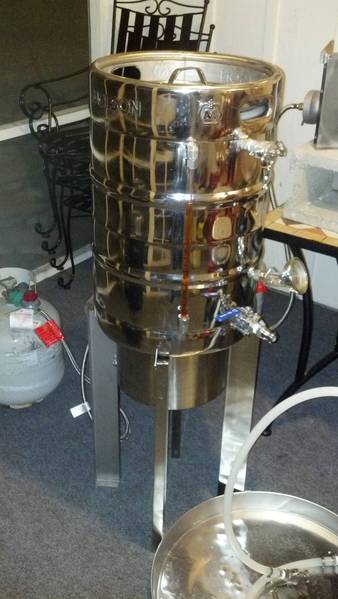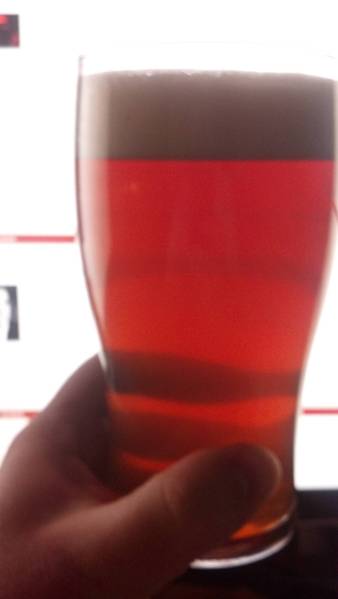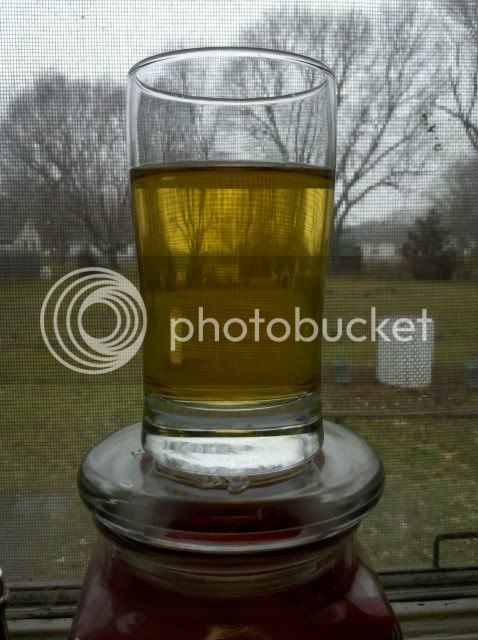stooby
Well-Known Member
I know its not supposed to affect the taste, but dammit I want to produce a clear beer, not something that looks like it has orange juice pulp in it. I've read about various ways to help but I don't want to mess up the taste as this is the most important thing. Does gelatin affect taste? Whirlfoc? Irish moss? Does filtering remove taste? What would you recommend first. I primary in a bucket & up until now I havent had room to cold crash, but I scored a bigger kegerator off craigslist so I'll be able to do that now. I just keg & have never bottled but I feel I could do alot better in the "clear beer" dept.










































![Craft A Brew - Safale S-04 Dry Yeast - Fermentis - English Ale Dry Yeast - For English and American Ales and Hard Apple Ciders - Ingredients for Home Brewing - Beer Making Supplies - [1 Pack]](https://m.media-amazon.com/images/I/41fVGNh6JfL._SL500_.jpg)







